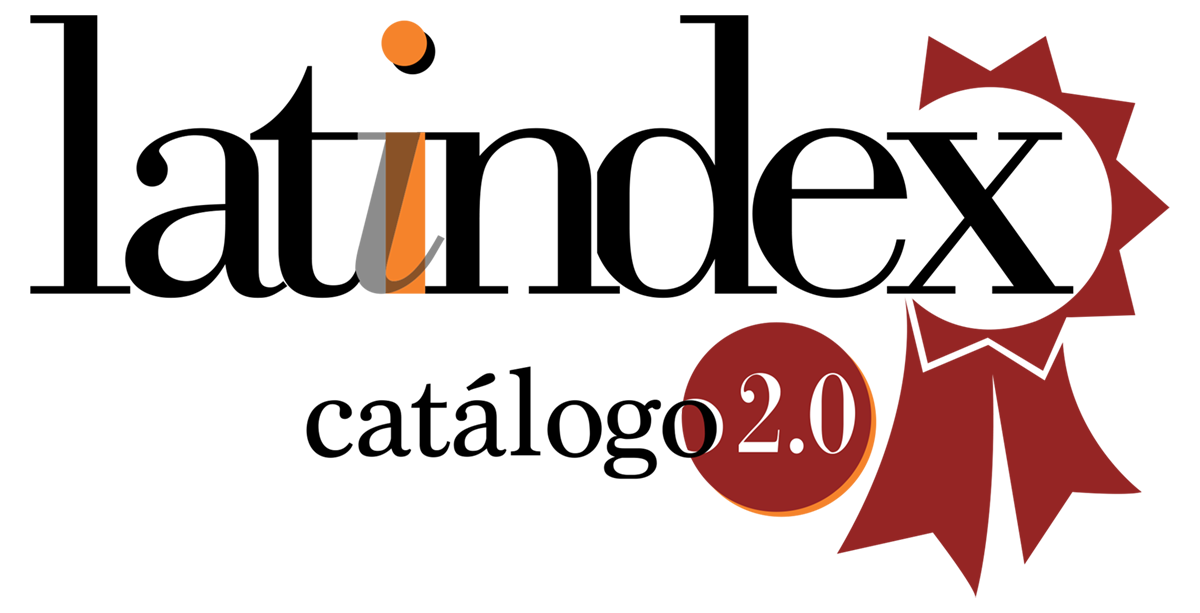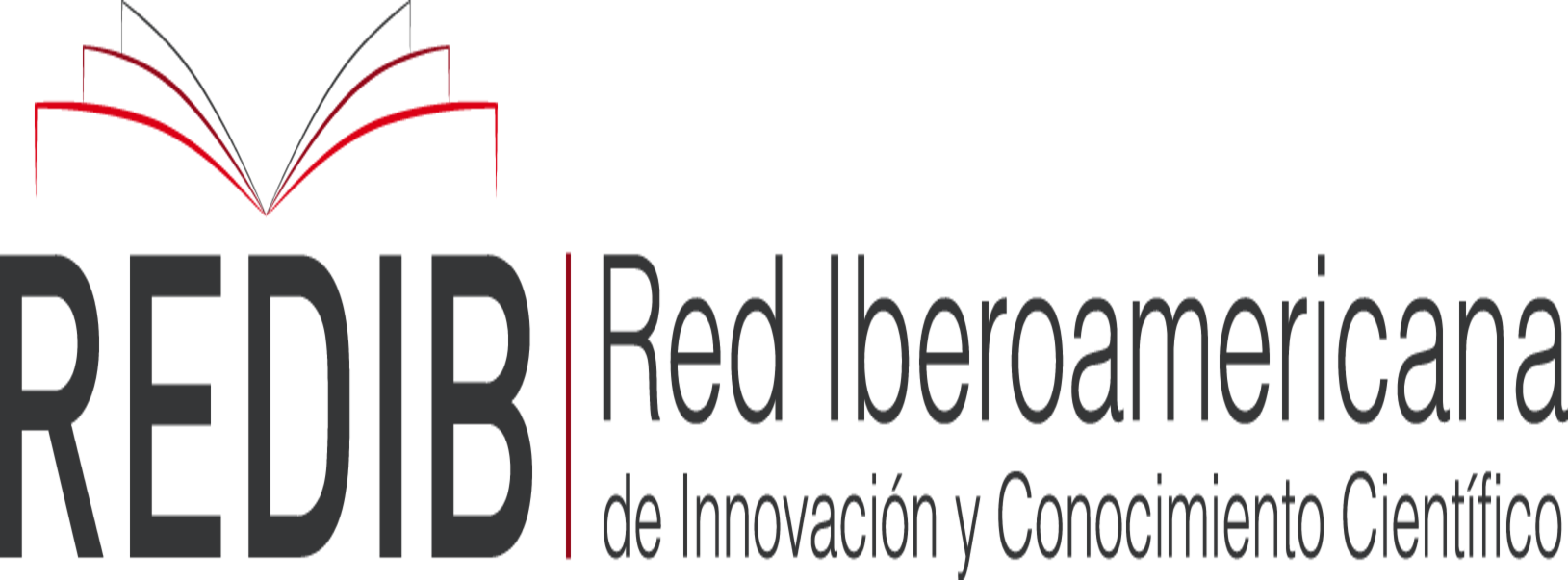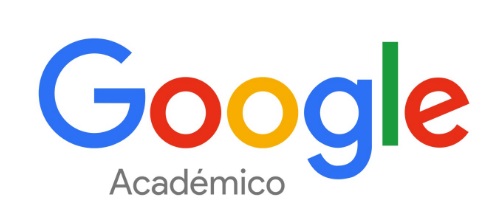Principios éticos
Principios éticos
Generales
MANGLAR asegura que editores, revisores y autores sigan rigurosamente las normas éticas internacionales durante el proceso de revisión y publicación. Declaramos que nuestros procedimientos siguen las recomendaciones publicadas por el Comité de Ética en las Publicaciones (Committee on Publication Ethics - COPE: https://publicationethics.org/). Los manuscritos recibidos en MANGLAR serán sometidos a un proceso de verificación de plagio, revisión por pares ciego, control de posible falsificación de datos, así como, el respeto y garantía de secreto a los individuos utilizados en la investigación. Se rechazarán manuscritos donde se evidencia utilización indebida de animales, incluyendo al hombre, en la investigación.
Cada artículo enviado a MANGLAR debe cumplir con los siguientes requisitos:
Consentimiento: todos los autores autorizan el envío y posible publicación del artículo sometido a evaluación.
Contribución de los autores: todos los autores declaran haber contribuido significativamente al manuscrito, sin omisión de ningún autor, y según la taxonomía CRediT (https://credit.niso.org/). El orden de los autores está colocado en función de su participación en el estudio, de mayor a menor participación.
Originalidad del trabajo: todos los autores declaran que el trabajo enviado es original, no ha sido publicado previamente y no se ha enviado simultáneamente para su evaluación en otra revista, tampoco se incluye material original copiado de otros autores sin su consentimiento. En caso el artículo contenga material de otras publicaciones, se debe adjuntar el consentimiento para su reproducción.
Herramientas de inteligencia artificial Generativa (IAG): Los autores deben declarar el uso de IAG en la redacción científica al enviar el artículo, bajo las siguientes directrices: (a) La IAG y las tecnologías asistidas por IA solo deben utilizarse en el proceso de escritura para mejorar la legibilidad y el lenguaje del manuscrito. (b) La tecnología debe aplicarse con supervisión y control humanos, y los autores deben revisar y editar cuidadosamente el resultado, ya que la IA puede generar resultados aparentemente fiables que pueden ser incorrectos, incompletos o sesgados. Los autores son, en última instancia, responsables del contenido de la obra. (c) Los autores no deben enumerar ni citar IA y tecnologías asistidas por IA como autor o coautor en el manuscrito, ya que la autoría implica responsabilidades y tareas que solo pueden atribuirse a humanos y ser realizadas por ellos (COPE).
El uso de IAG y tecnologías asistidas por IA en la escritura científica debe declararse mediante una declaración al final del manuscrito, al momento del envío inicial (Modelo en la Guía para Autores). Esta declaración no se aplica al uso de herramientas básicas, como las de revisión gramatical, ortográfica y bibliográfica. Si no tiene nada que revelar, no necesita añadir una declaración.
Citas y bibliografía: todos los autores declaran que toda la información incluida en el manuscrito de procedencia de estudios previos ha sido citada y referenciada en forma correcta y de acuerdo con las Instrucciones para Autores de la revista.
Revisores sugeridos: los profesionales sugeridos para revisar el manuscrito no tienen relación alguna de tipo laboral, académico, o personal con los autores.
Principios éticos de publicación: los autores deben haber leído las recomendaciones del Comité de Ética en las Publicaciones (COPE) y declarar que se cumplen estos principios. Todo trabajo que no se adecúe a estas recomendaciones y que se compruebe mala praxis, será eliminado o retractado, en función del estado en que se encuentre el manuscrito en el momento de detectar faltas éticas.
Si el manuscrito no se ajusta a los criterios indicados, cualquier autor del estudio puede notificar a MANGLAR para retirar la publicación.
Específicos
1. Autorización institucional
Se requiere aprobación de un Comité de Ética: (a) Investigaciones realizadas en seres humanos; (b) Investigaciones que utilicen directamente material biológico humano o datos de humanos susceptibles de identificación.
2. Consentimiento informado
Los autores deben contar, sólo en los casos que fuese necesario, con el consentimiento informado firmado por los participantes (pacientes) del estudio. En caso de que el Editor o algún revisor lo solicite, el autor deberá proporcionarlo.
3. Incentivos para la participación en el estudio
Los investigadores deben realizar los esfuerzos necesarios para evitar ofrecer incentivos excesivos o inadecuados; sin embargo, se pueden realizar incentivos económicos a los participantes por el tiempo empleado.
4. Engaño en la investigación
Evitar el uso de técnicas o información engañosas con el fin de desorientar deliberadamente a los participantes.
5. Cierre de Investigación
Una vez terminado el estudio, el investigador debe ofrecer al participante los resultados y las conclusiones del estudio, tomando las medidas necesarias para evitar malentendidos.
6. Cultura y patrimonio
En manuscritos aprobados para su publicación no se deben incluir imágenes de objetos que tengan un significado cultural o sean parte del patrimonio de un país.
7. Investigaciones con animales
Se realizan experimentos con animales básicamente en tres campos: la docencia, la industria y la investigación. El uso de animales en investigación es un privilegio que debe ser reservado cuidadosamente para el fin de asegurar el alivio del ser humano (y de los animales), de la enfermedad y el dolor; ignorar su sufrimiento sería irresponsable y no ético. Todo aquel que en sus investigaciones utilice animales de laboratorio debe guardar una premisa: el respeto por la vida, por el dolor o el sufrimiento al que éstos pueden ser sometidos en los estudios que conduce. La investigación con animales debe considerar el respeto a las 4 R (Reemplazo: buscar en lo posible métodos alternativos al involucramiento de animales; Reducción: tratar de reducir el número de animales a utilizar; Refinamiento: establecer medios que busque el bienestar integral de los animales; Reciclaje: apunta a utilizar los animales de experimentación más de una vez para otros tantos fines). Los autores deben contar con la aprobación ética y legal obtenida por la institución que avala la investigación en el caso se le solicite.
8. Reporte de los resultados de las investigaciones
Los investigadores no deberán inventar datos, ni adulterar las cifras. Si se descubren errores, se deberán corregir públicamente.
9. Integridad de la Investigación
a. Mala conducta: incluyen acciones u omisiones relacionadas con idear, organizar, llevar a cabo, evaluar o solicitar proyectos de investigación que, de forma deliberada o descuidada, distorsionan los resultados de la investigación, aportan información engañosa sobre la contribución personal o violan otras normas de la tarea profesional de los investigadores. Si se sospecha de mala conducta, se realizará una investigación al respecto.
b. Denuncias de irregularidades: se investigarán las denuncias de irregularidades en la investigación que hayan sido observadas y denunciadas por personas identificadas o de manera anónima, sólo si son acompañadas por la evidencia respectiva necesaria.
c. Fabricación/falsificación y manipulación de imágenes: Un artículo científico moderno debe presentar los resultados mediante una mezcla óptima de texto, cuadros y gráficos para una fácil extracción cognitiva de la información, así mismo pueden contener imágenes. La manipulación inapropiada de imágenes crea resultados engañosos.
d. Plagio: Es indispensable se evite la copia literal de texto, se sugiere parafrasear la información extraída de la literatura científica, pero siempre dando el crédito correspondiente a los autores de la publicación citada. Una forma de plagio es el utilizar tablas o datos, sin dar crédito al autor de la publicación original. También publicar imágenes o figuras sin la debida autorización.
e. Publicación duplicada y redundante de datos: los investigadores no deben publicar los datos publicados previamente, como originales. Los autores no podrán presentar un manuscrito a más de una revista de forma simultánea. Si el Comité Editorial se da cuenta de una situación de este tipo, el manuscrito será retractado. Las traducciones de manuscritos ya publicados no deben ser publicados como artículo original.
10. Normas y procesos editoriales
a. Autoría: Como regla general, todos los autores deben participar en por lo menos dos de las cuatro fases del proyecto: planificación, obtención de datos, interpretación de los resultados y preparación del manuscrito. Todos los autores de un artículo científico deben contribuir significativamente al desarrollo de la investigación.
b. Disputas de autoría: si el Comité Editorial sospecha o recibe denuncias de problemas de autoría, se pondrá en contacto con el autor correspondiente para solicitar más información.
c. Financiamiento: Las fuentes de financiamiento deben ser mencionadas, y se deben consignar en la sección de agradecimientos.
d. Revisión de pares: Los artículos originales y revisiones son evaluados inicialmente de acuerdo con los criterios de la revista, indicados en las Instrucciones para los Autores; luego de este cumplimiento, los manuscritos pasan a ser evaluados por dos o más revisores quienes son elegidos de acuerdo con su experticia en el tema del manuscrito.
e. Tiempos de la publicación: El tiempo promedio del proceso editorial, desde la recepción del artículo hasta la decisión final del Comité Editor, varía entre dos a cuatro meses.
f. Los editores y el personal de la Revista como autores: El Editor Jefe, Editores Asociados y los miembros del Comité Consultivo no están involucrados en ninguna decisión sobre los manuscritos propios sometidos a la revista.
g. Conflicto de intereses: los editores, autores y revisores deben revelar cualquier conflicto de interés que pudiera afectar su capacidad para presentar o revisar un manuscrito objetivamente. Los conflictos de interés incluyen, a los intereses financieros, personales, políticos o religiosos.
h. Correcciones: los lectores y los autores deben notificar a la revista a través de una Carta al Editor, si hay errores en una publicación que afecte a la interpretación de los resultados. Las correcciones se publicarán y, cuando se encuentren errores importantes que podrían invalidar el trabajo, se considerará la posibilidad de retractar el manuscrito publicado.
i. Retracción de un manuscrito: las retracciones son realizadas cuando los errores reportados pueden afectar a la interpretación de los datos, así como cuando la información que presenta el trabajo es fraudulenta o falseada, los datos son ficticios o cuando no se puede reproducir el estudio o en casos de faltas éticas graves.
j. Retiro de un manuscrito: la eliminación, supresión u ocultamiento de un artículo solo se permite cuando hay un caso que involucra infracciones legales, difamación, u otras limitaciones de carácter legal, así como cuando hay datos falsos o inexactos. En dichos casos, se publicará una declaración de retiro. Otro caso particular de retiro se da cuando se han cometido faltas éticas demostradas, pero el artículo aún no se ha publicado, en este caso, sólo se comunica a los autores del retiro de su manuscrito de los procesos de revisión.
11. Derecho de autor y propiedad intelectual
Al publicar algún artículo en esta revista, el autor mantiene sus derechos morales y patrimoniales sin restricciones.
La revista ha adoptado el modelo Creative Commons (CC BY 4.0) por medio del cual cualquier persona es libre de Compartir (copiar y redistribuir el material en cualquier medio o formato para cualquier propósito, incluso comercialmente) y Adaptar (remezclar, transformar y construir a partir del material para cualquier propósito, incluso comercialmente). La revista no puede revocar estas libertades en tanto se siga con los términos siguientes de la licencia: Atribución (dar crédito de manera adecuada, brindar un enlace a la licencia, e indicar si se han realizado cambios). Puede hacerlo en cualquier forma razonable, pero no de forma tal que sugiera que usted o su uso tienen el apoyo de la revista. No hay restricciones adicionales, es decir, no puede aplicar términos legales ni medidas tecnológicas que restrinjan legalmente a otras a hacer cualquier uso permitido por la licencia.
12. Pares Revisores
Los artículos originales y revisiones son evaluados inicialmente de acuerdo con los criterios de la revista, indicados en las Instrucciones para los Autores; luego de este cumplimiento, los manuscritos pasan a ser evaluados por dos o más revisores quienes son elegidos de acuerdo con su experticia en el tema del manuscrito. La participación de los revisores en todos los casos es anónima y ad honorem.
Los revisores realizan las revisiones de manera objetiva, con crítica constructiva y consistente que contribuya a la mejora del manuscrito. Su recomendación podría ser: (a) la publicación sin modificaciones; (b) la publicación, pero después de ciertas correcciones y mejoras; (c) el rechazo, argumentando debidamente los motivos. En función de las observaciones realizadas por los revisores, el Editor decidirá la publicación del artículo, su rechazo o el envío de sugerencias al autor.
Los revisores pueden: (a) notificar al Editor sobre la existencia de posibles falsificaciones o manipulaciones de los resultados, así como la incursión en mala praxis; (b) advertir oportunamente al Editor si partes sustanciales del trabajo ya han sido publicadas o, de tener el conocimiento, si están sometidas a revisión para otra publicación, a fin de evitar cualquier similitud del manuscrito con otros trabajos publicados.
Los revisores deben: (a) Cumplir con los tiempos acordados y solicitados para las revisiones; (b) evitar aceptar manuscritos que no fueran de su competencia, cuando considere que no podrá hacer la revisión en el tiempo establecido o cuando haya algún vínculo con los autores; (c) respetar la confidencialidad del manuscrito y el derecho de autoría, evitando comentar o discutir sobre el contenido de los manuscritos con otras personas.
Nota: Para proteger los derechos de los autores y la confidencialidad de su investigación, esta revista no permite actualmente el uso de la IA generativa ni tecnologías asistidas por IA por parte de los revisores o editores en el proceso de revisión por pares y evaluación de manuscritos.









